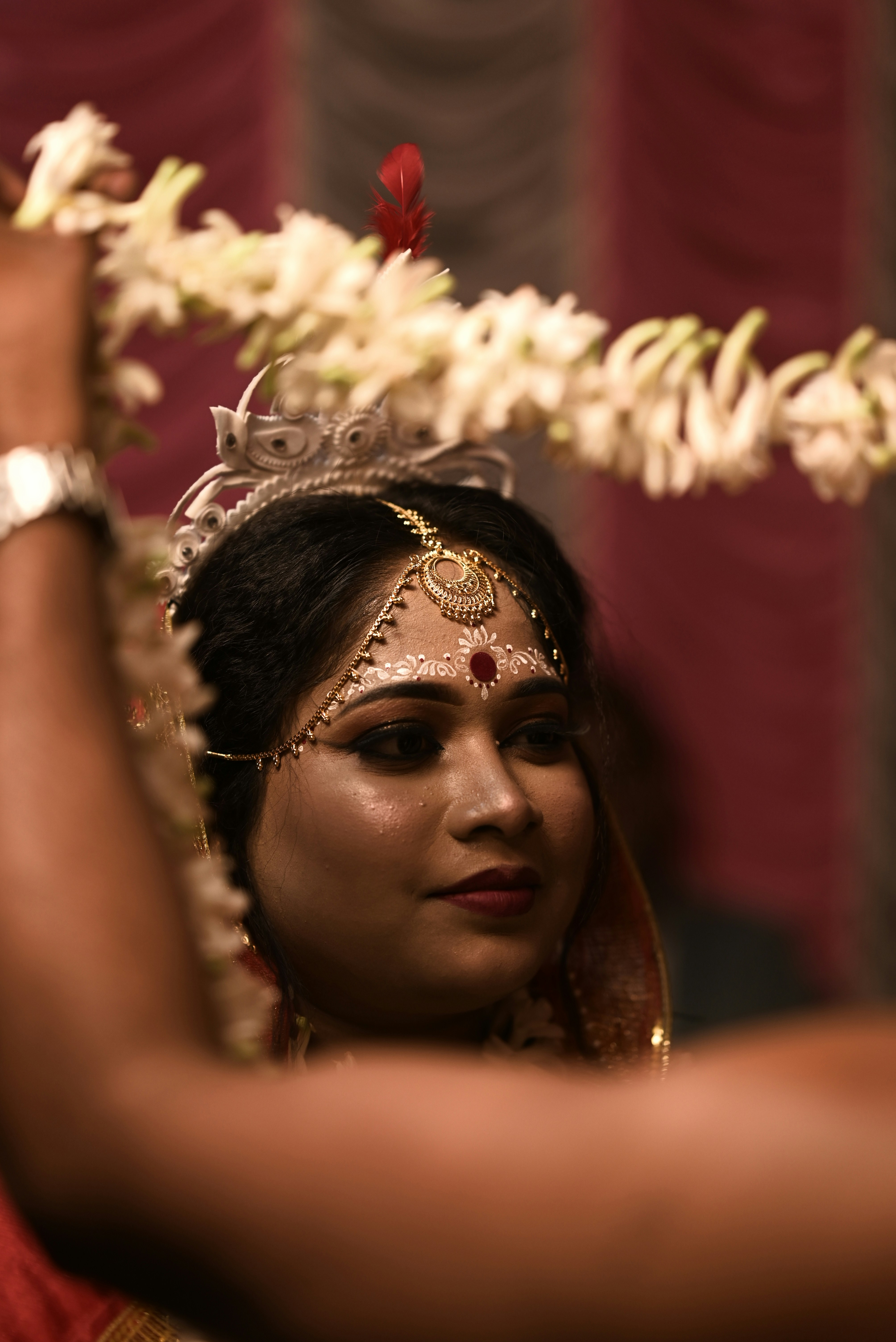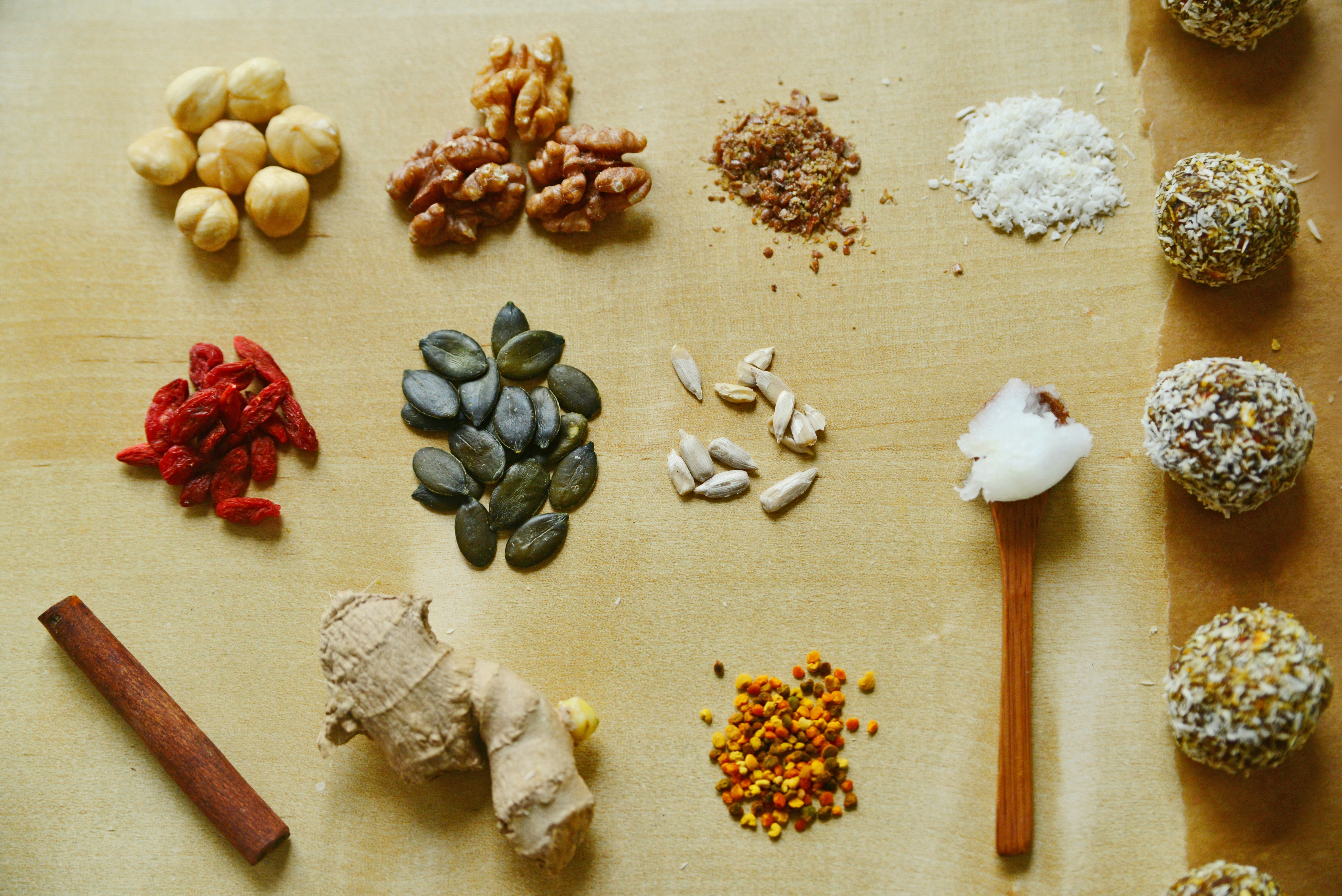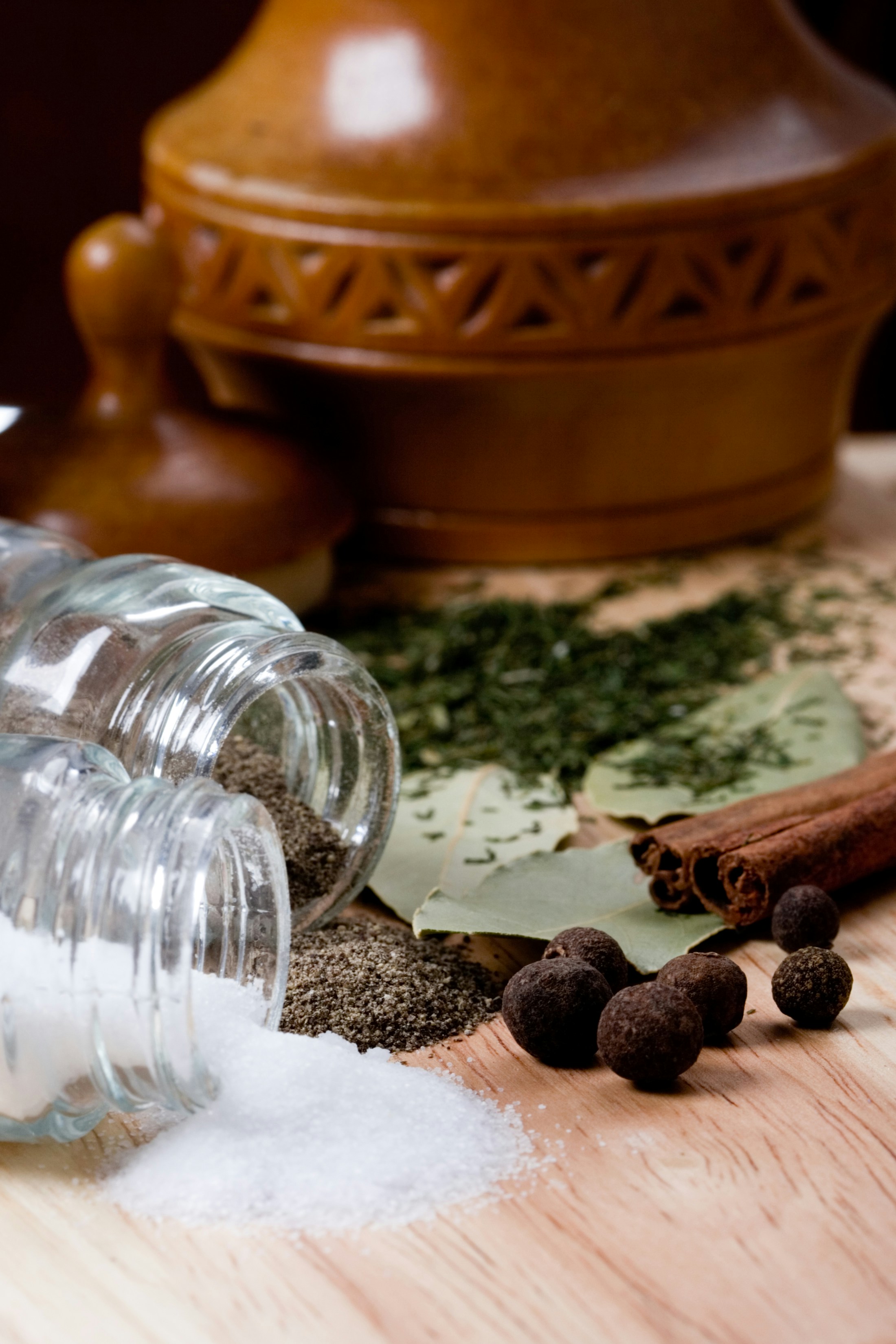Beyond the Label: Explore Global Beauty Rituals and Skincare Trends
In a world where skincare has morphed into a cultural phenomenon, understanding the roots of our beauty rituals provides insight not just into our routines but into our identities. From the ancient Egyptian practices of applying oils, balms, and perfumes to modern-day Korean skincare routines, beauty rituals carry profound meanings that influence the skincare products we gravitate towards today. This exploration spans from soul-nourishing traditions to contemporary skincare trends shaped by globalization and digital connectivity. Join me as we delve deep into how these cultural narratives affect our modern beauty choices and illuminate the hidden gems within our skincare routines.
The Cultural Tapestry of Beauty Rituals
Beauty rituals are not merely personal habits; they serve as windows into cultural identities. Each tradition reflects the values, beliefs, and social systems of a community, where skincare is often intertwined with wellness and health. For instance, the Japanese practice of layering products—often regarded as their unique art of skincare—demonstrates their dedication to routine and precision. This meticulous attention to detail underscores a cultural emphasis on patience and mindfulness, perfectly mirroring Japan’s broader social ethos of ‘kaizen’ or continuous improvement.
Transitioning to West Africa, the use of shea butter is steeped in centuries-old traditions. Revered not just for its moisturizing properties, shea butter is also considered a symbol of beauty and health. It ties back to communal practices where the gathering, processing, and application of this natural gem foster a sense of togetherness. As you can see, these global perspectives invite us to rethink how we perceive beauty and recognize the deep stories told through our skincare choices.
Historical Influences on Modern Beauty Trends
Throughout history, beauty ideals have evolved dramatically, influenced by factors ranging from socio-economic conditions to technological advancements. The resurgence of interest in natural ingredients and oils in contemporary skincare is a direct nod to these historical practices. Think of products containing argan oil or rosehip oil; they resurrect ancient wisdom while catering to modern needs for clean, effective, and minimalistic beauty routines.
Products derived from indigenous practices are now demonstrating unprecedented popularity in the beauty landscape. For instance, the rise of ‘clean beauty’—where consumers increasingly prioritize transparency in ingredients—echoes back to the beauty rituals of many indigenous peoples who utilized nature for healing and care. The understanding of how natural elements can nourish skin is weaved into modern formulations, bridging the gap between ancient wisdom and contemporary technology.
Global Healing: The Role of Ingredients
When examining beauty rituals, one cannot ignore the fascinating world of ingredients. Many products we now hold dear can trace their roots back to ancient practices of healing and beauty. Take turmeric, revered in South Asia for its potent anti-inflammatory properties and skin-brightening qualities, or the utilization of oatmeal in colonial America for its soothing attributes on skin irritations. These natural wonders are making a significant comeback as consumers increasingly look towards ingredients that nourish rather than harm.
The interest in sustainability alongside these elements is driving the rise in awareness about ingredient sourcing. Brands focusing on ethical sourcing, like those highlighted in the article about biodegradable ingredients, are not just appealing to eco-conscious consumers; they are representing the values embedded in cultural traditions, where sustainability is paramount.
Rituals and Wellness: The Psychological Connection
There’s a psychological aspect to beauty rituals that transcends mere vanity. Practices such as face-mapping and ‘skinimalism’ reflect a deep-seated understanding that wellness starts from within. Various cultures have long practiced rituals that account for the mind-body connection, treating skincare as an integral component of self-care.
For example, the ancient practice of Gua Sha, originating from Traditional Chinese Medicine, has found its way into modern beauty regimes, offering both physical and emotional healing benefits. It acts not only as a method to improve circulation and alleviate tension but also as a meditative practice that brings moments of calmness and focus. The integration of beauty and mental wellness is thus significant, showing how historical methods can enrich and elevate our daily routines.
The Digital Influence on Beauty Rituals
As cultures interlink via technology, the influence of digital platforms on beauty practices cannot be overstated. Social media, particularly platforms like Instagram and TikTok, has reshaped how beauty products are marketed and consumed. With instant access to global beauty trends, enthusiasts can curate their beauty rituals based on worldwide practices. For example, Korean beauty routines trending on social media have led to a surge in hydrating products like essences and sheet masks, thereby influencing market dynamics.
Moreover, the intersection of AI-driven personalization in skincare delivers tailored recommendations based on individual skin types, which echoes historical cultural practices of tailoring beauty rituals to specific needs. Engaging with your skin's own response to these products ties back to the holistic approaches seen in various traditional rituals, highlighting the rebirth of ancient wisdom in modern technology.
Face to Face: The Importance of Community in Beauty Rituals
While our skincare journeys may often feel solitary, the importance of community in these rituals is timeless. Cultural practices involving beauty often derive power from collective experiences. They not only enhance the personal connection to beauty rituals but also bring a sense of belonging.
Whether it’s an African women’s gathering to share knowledge about the benefits of natural oils, or a Japanese tea ceremony that brings people together, these communal aspects of beauty remind us that skincare is as much about the community as it is about the individual.
Adapting Ancient Practices for Modern Skincare
In seeking to embrace past practices, modern consumers are strategically incorporating ancient concepts into their skincare routines. This has led to the development of products that blend traditional techniques with contemporary formulations. For instance, using herbal extracts within skincare is gaining traction as brands capitalize on the therapeutic properties of ancient herbs, as discussed in the alchemy of self-care.
Such adaptations not only respect historical roots; they also provide functional benefits that keep consumers yearning for greater authenticity in the products they choose. Today’s savvy consumers appreciate the stories behind ingredients and are increasingly asking about sourcing and efficacy, which sends a powerful message to brands—your products must resonate on a deeper level.
Future Directions: Uncovering Emerging Trends
As we look to the future, advancements in biotechnology and the global push for sustainability will undoubtedly shape the skincare landscape. The exploration of microbiomes and biophilic beauty—drawing direct inspiration from nature—encapsulates how the blending of tradition and modern science can yield groundbreaking results. The future of skincare innovations lies in blending the novel with the time-tested, ensuring that burgeoning trends resonate with the very heart of beauty traditions.
Furthermore, the shift toward inclusivity in beauty is taking center stage. Brands are beginning to acknowledge and embrace diverse beauty identities influenced by culture and heritage. From adjustments in shade representations to the celebration of unique textures, this inclusion is indicative of a movement that respects the diverse cultural tapestries woven into skincare practices.
Final Thoughts: Embracing Our Shared Beauty Heritage
By bridging the gap between ancient beauty rituals and modern techniques, we can create a more inclusive understanding of skincare. The interconnectedness of different cultures, combined with evolving consumer preferences, illuminates the path toward a richer, more textured approach to beauty.
As you explore your daily rituals, reflect on the cultural practices that speak to you and make an effort to celebrate them. Whether through your product choices or the methods you adopt, these multifaceted tales serve as both a reminder of how diverse our world is and an inspiration for our future skincare journeys. Take this opportunity to delve deeper into your beauty routine, understanding that every product holds the stories of different lives and cultures.
In a time when skin health and beauty are vital aspects of our lives, let us honor the past while also embracing innovation, making our skincare practices as meaningful as they are effective.








